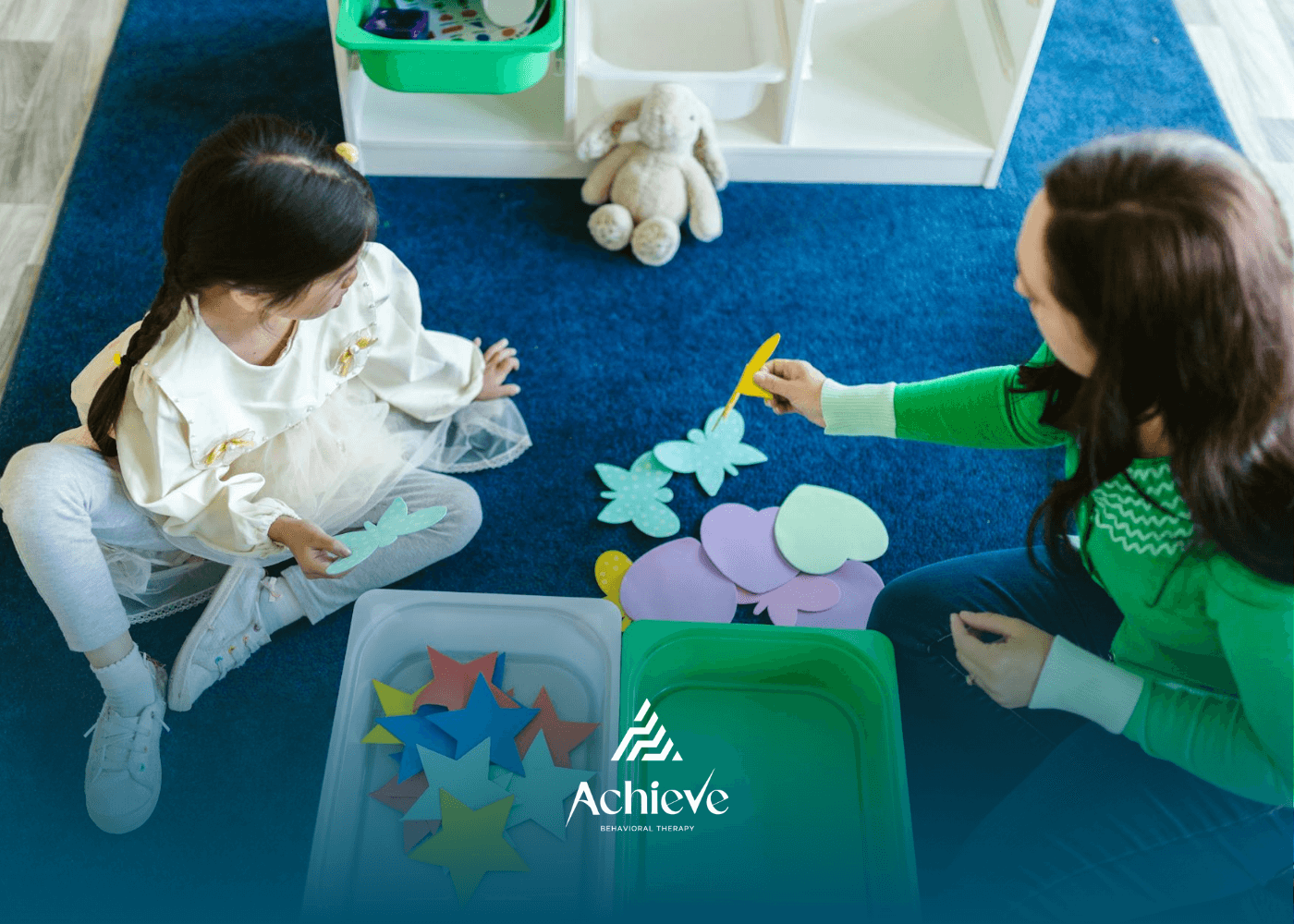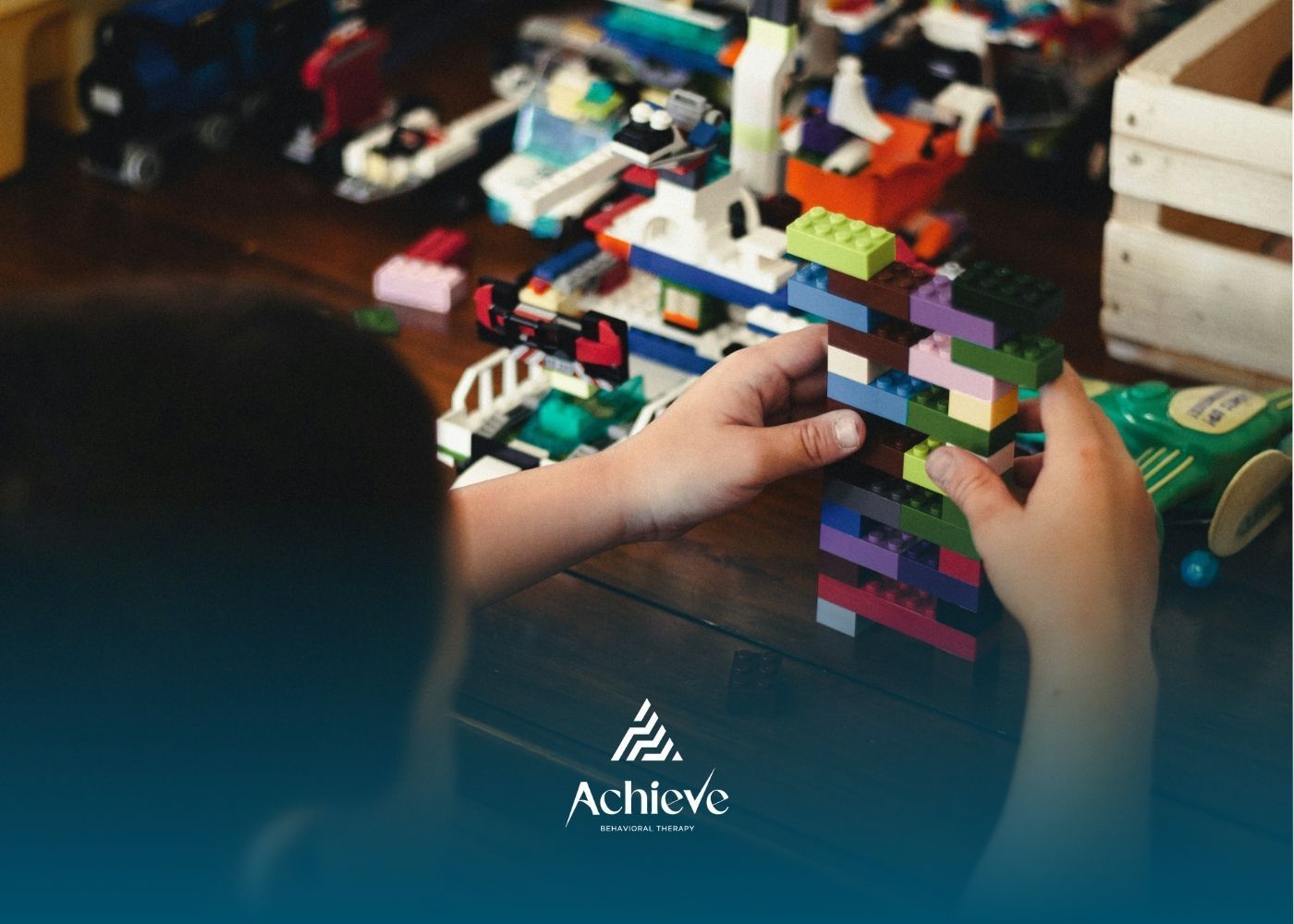What Is an RBT? A Friendly Guide for Families

RBT Certification Overview
Defining the RBT Role
Navigating therapy services can feel like decoding an alphabet soup, and families often ask, what is an RBT? A Registered Behavior Technician, or RBT, is a paraprofessional certified in behavior analysis who implements Applied Behavior Analysis (ABA) services under close supervision. RBTs work directly with clients, often children with autism spectrum disorder, to teach skills and manage challenging behaviors. They practice under the direction of an RBT Supervisor or RBT Requirements Coordinator, typically a Board Certified Behavior Analyst (BCBA) responsible for their work.
Supervision and RBT Support
Every RBT operates under ongoing oversight to ensure ethical, effective care. Supervisors like BCBAs or Board Certified Assistant Behavior Analysts (BCaBAs) manage training, session planning, and regular quality checks. This structure keeps client safety front and center while guiding the technician’s professional growth.
RBT Eligibility Requirements
Certification Exam and Timeline
Candidates prepare for an 85-question multiple-choice exam, including 10 unscored items used for research. They have up to eight attempts within a 12-month period to pass. From initial application through exam results, most people finish certification in one to two months, depending on training schedules and assessment availability.
Exploring RBT Responsibilities
Key Daily Tasks
Typical daily activities for an RBT include:
- Gathering and preparing materials for therapy activities
- Implementing behavior intervention plans designed by a BCBA
- Engaging clients in play-based or skill-building sessions
- Collecting detailed data on target behaviors
- Collaborating with team members to adjust strategies
Client Interaction Strategies
Technicians tailor their approach to each individual’s needs, using positive reinforcement and prompting techniques to teach new skills. They may introduce visual supports, token economies, or social stories to boost communication and independence.
Data Collection and Reporting
Accurate data drives every behavior plan. RBTs record session notes, track behavior frequency and duration, and log progress toward goals. Supervising BCBAs review this information to refine future sessions.
RBT vs BCBA Comparison
Training and Education
RBTs complete a 40-hour, task-focused training program and a competency assessment. BCBAs hold a graduate-level degree, accrue supervised practicum hours, and pass a comprehensive board exam.
Scope of Practice
RBTs implement interventions but cannot design behavior plans or conduct independent assessments. BCBAs and BCaBAs handle functional analyses and develop comprehensive treatment strategies.
Salary and Demand
Entry-level RBTs earn an average of $36,218 per year, or about $17.76 per hour. BCBAs average $68,554 annually. Demand for RBT roles is projected to grow 9% from 2021 to 2031, reflecting the broader adoption of ABA services.
Working Environments for RBTs
Clinic-Based ABA Therapy
Center-based therapy remains the most structured setting for RBTs, holding a 55.63% share of service delivery in 2024. These clinics feature dedicated therapy rooms, assessment tools, and multi-disciplinary teams.
School and Classroom Roles
Schools increasingly hire RBTs to support students with autism and developmental disabilities. In these roles, RBTs work alongside teachers and special education staff to integrate ABA strategies into academic and social routines.
Home-Based ABA Support
Home-based services offer personalized care in the client’s natural environment. Growing at a 13.87% compound annual rate, this model allows RBTs to coach families directly and embed interventions into daily life.
Community and Other Settings
Beyond clinics, schools, and homes, RBTs also work in hospitals, community centers, and group homes, adapting interventions to each setting’s resources and social opportunities.
Growth and Salary Outlook
RBT Salary Range
The U.S. average annual salary for an RBT is $36,218, or about $17.76 per hour. Factors such as state licensure, specialized certifications, and overtime can influence these figures.
Employment Demand Trends
Positions similar to RBTs are projected to grow by 9% through 2031, driven by rising awareness of behavior analysis and expanded school and home-based services.
Career Advancement Paths
Experience as an RBT helps build supervised fieldwork hours required for BCBA or BCaBA credentials. While not all hours count toward these certifications, this technician role lays the groundwork for advanced careers in behavior analysis.
Benefits for Families
Personalized Intervention Plans
RBT-led sessions follow customized plans that address each child’s unique goals, from communication skills to daily living tasks.
Consistent Progress Tracking
Families receive detailed reports on small milestones, making it easier to celebrate achievements and adjust objectives collaboratively.
Collaborative Team Approach
RBTs act as liaisons among families, supervisors, educators, and other professionals, ensuring everyone shares the same goals and strategies.
Getting Started With RBT Services
Finding Qualified RBTs
Look for technicians certified by the Behavior Analyst Certification Board and verify any state licensure requirements. Referrals from schools or ABA clinics can be a reliable starting point.
Questions to Ask
- What supervision and training does the RBT receive?
- How are behavior goals selected and measured?
- What is the expected session length and frequency?
- How will family members be involved in planning and review?
Preparing for Initial Session
Share any existing assessments or reports, set up a calm, distraction-free space, and discuss priorities and concerns with the supervising BCBA before the first session.
In summary, understanding the role of an RBT brings clarity to the ABA journey. From certification through a focused training program to hands-on support across clinics, schools, homes, and communities, RBTs deliver vital services under BCBA supervision. Families equipped with knowledge about eligibility, daily practices, work settings, and collaboration can confidently welcome an RBT into their support network.
Conclusion
Registered Behavior Technicians (RBTs) play a vital role in delivering effective, compassionate ABA therapy. Working under the supervision of a BCBA, they help implement individualized treatment plans, track progress, and create a supportive environment for children with autism. For families, understanding the RBT’s role provides clarity on how therapy sessions are structured and how each team member contributes to a child’s success. When parents, RBTs, and BCBAs work together, children benefit from consistent, goal-driven care that builds skills and confidence.
At Achieve Behavioral Therapy, our RBTs are trained, certified, and passionate about helping children with autism reach their potential. We provide personalized ABA therapy in New Jersey and North Carolina that fosters growth at home, in school, and in the community.
Contact us today to learn more about how our team can support your child’s development through high-quality, compassionate ABA therapy care.
Frequently Asked Questions
What does an RBT do in ABA therapy?
An RBT works under the supervision of a BCBA to implement therapy sessions, collect data, teach skills, and help reduce challenging behaviors using evidence-based strategies.
How is an RBT different from a BCBA?
An RBT delivers direct therapy to the child, while a BCBA designs the treatment plan, supervises the RBT, and adjusts strategies based on progress and assessment results.
Is having an RBT beneficial for my child?
Yes. RBTs provide consistent, structured support that helps children practice skills in real-life situations, leading to faster progress and better generalization of skills.
SOURCES:
https://www.bacb.com/rbt/
https://online.uc.edu/blog/what-is-the-difference-between-bcba-and-rbt/
https://drexel.edu/soe/resources/career-path/rbt-vs-bcba/
https://www.appliedbehavioranalysisedu.org/what-is-a-registered-behavior-technician/
https://www.ziprecruiter.com/Salaries/Rbt-Salary
https://www.atcconline.com/blog/why-becoming-an-rbt-is-worth-it
Need Support?
We're Here to Help!
Our experienced team is ready to assist you. Reach out today to discuss how we can support your child's development and well-being.
Get started with expert ABA therapy today.










